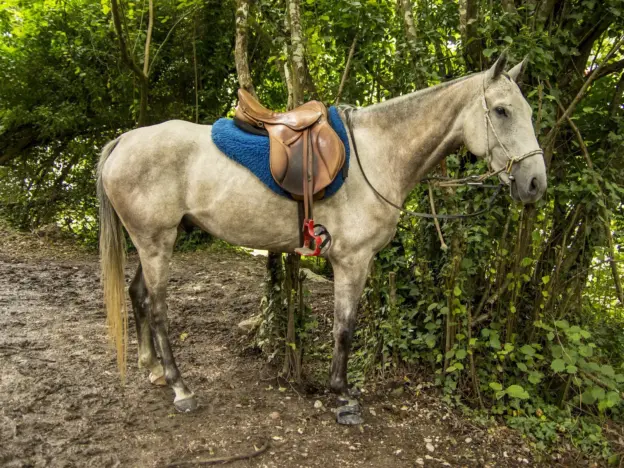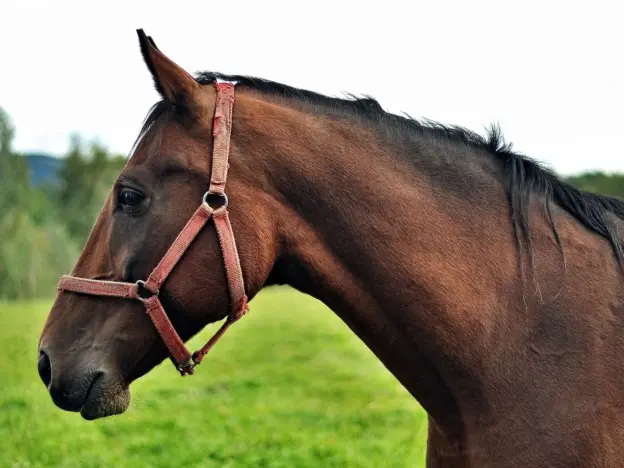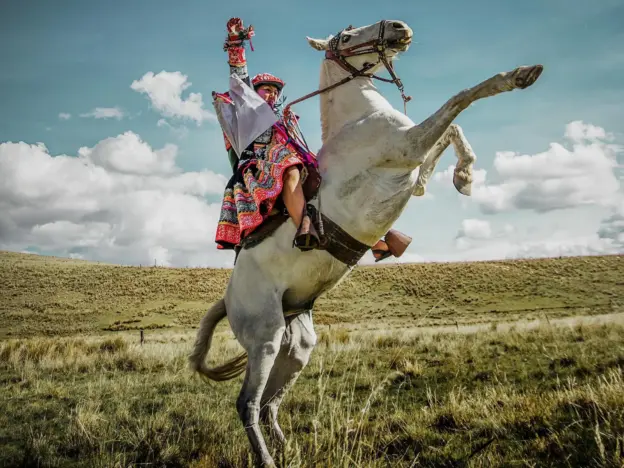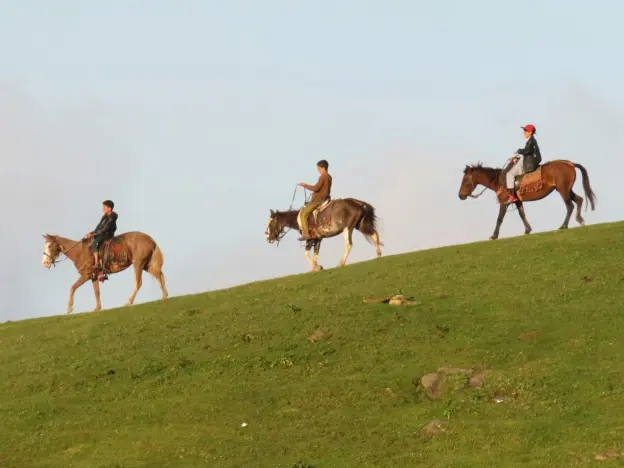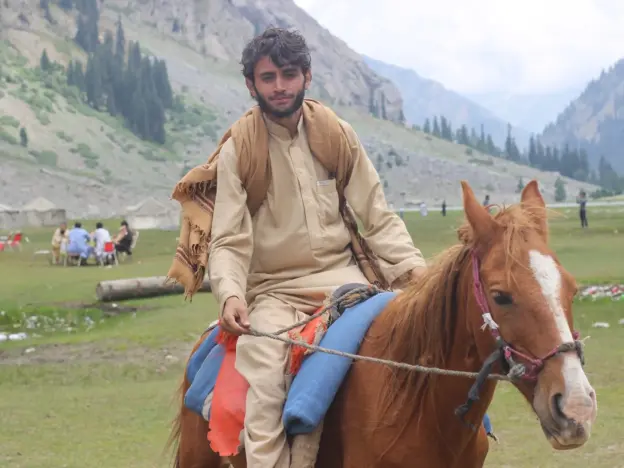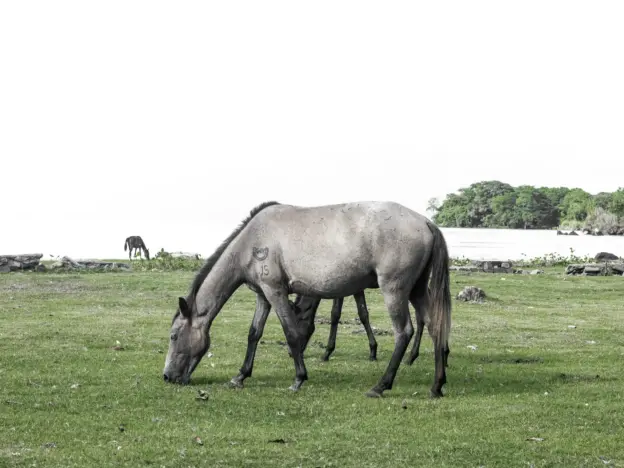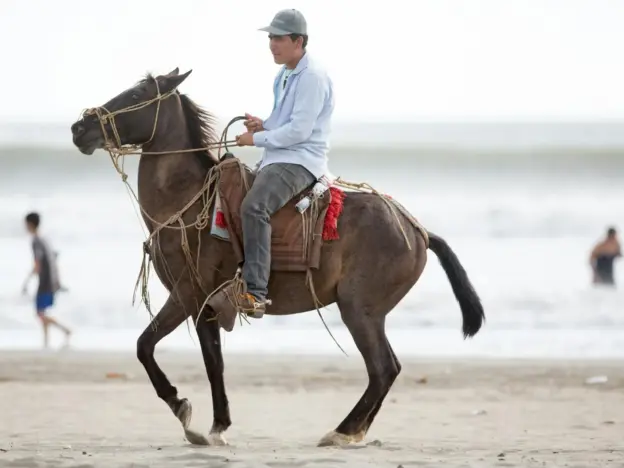Intro
Also called Polski Koń Sportowy, the Polish Sport Horse is bred for similar purposes as many of the other European sport horse or warmblood registries. Rather than breeding for pure bloodlines, they breed and resister based on temperament, athletic ability and performance.
Read more
